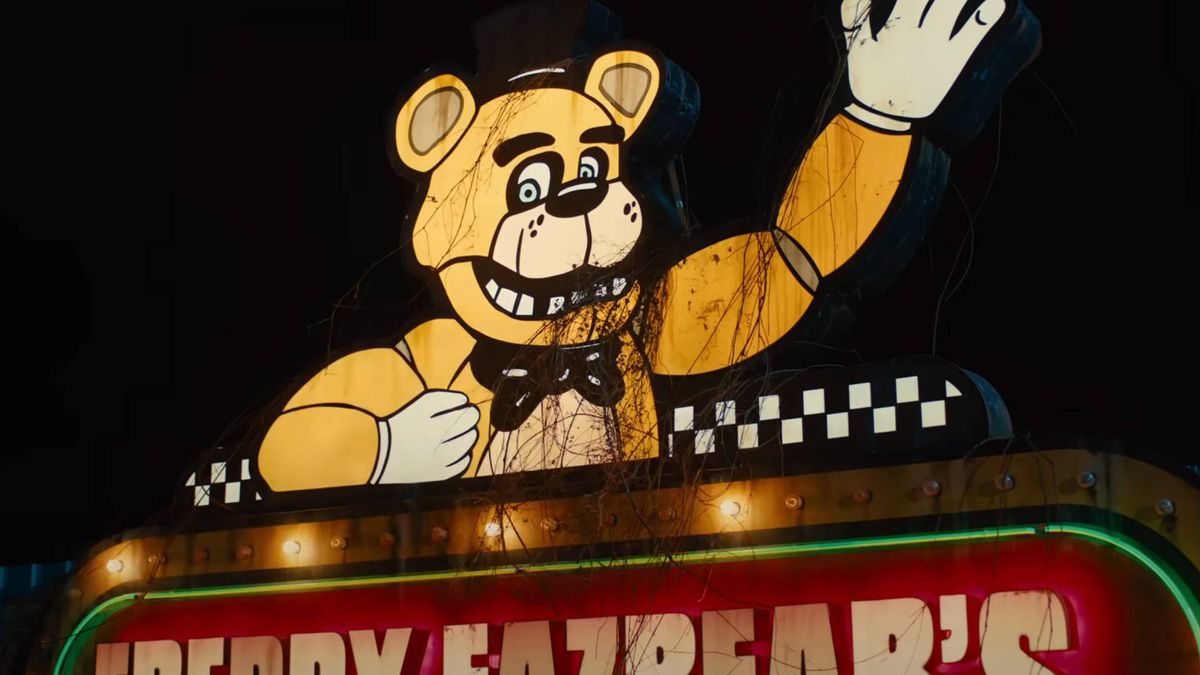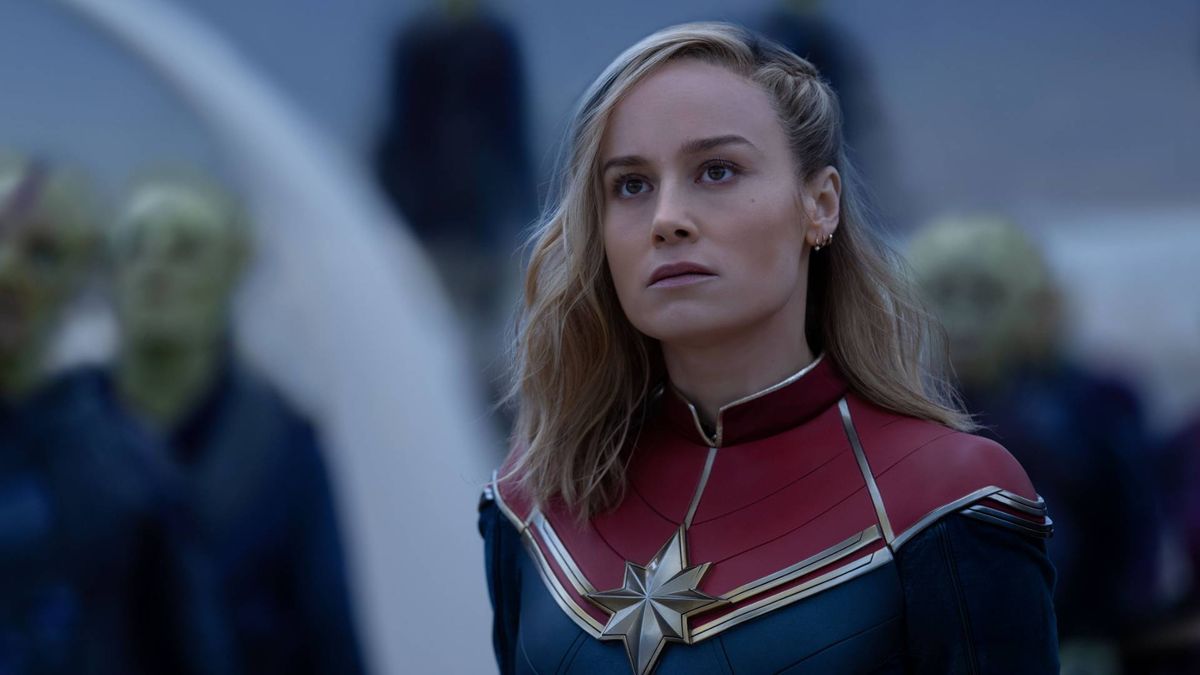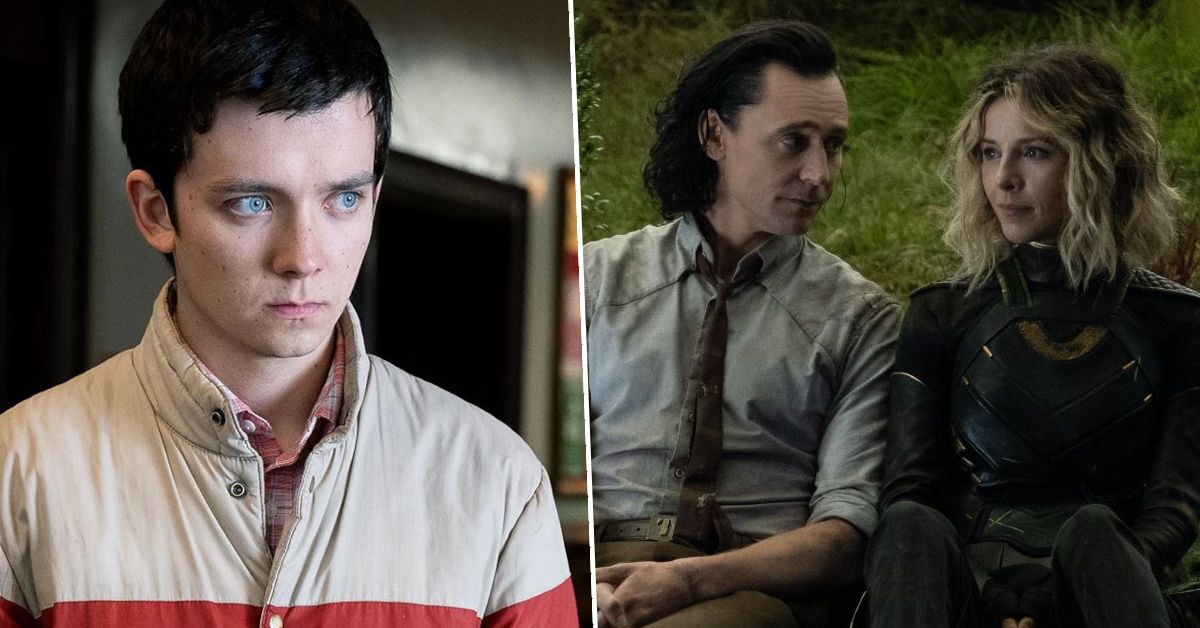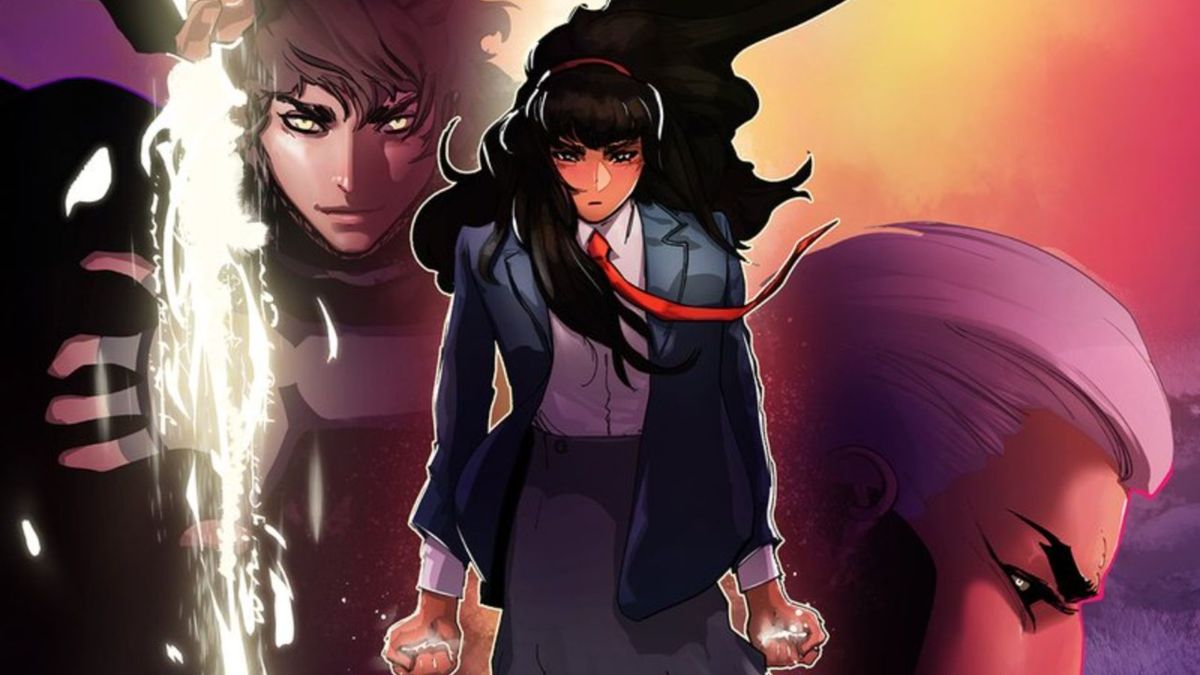Marvel Studios’ Shang-Chi and the Legend of the Ten Rings is now streaming on Disney Plus, with an official Blu-ray release even adding some deleted scenes to the film’s bonus features.
And with the latest MCU leading man arriving on film with a story and mythos inspired by a variety of Marvel Comics stories, fans may have some questions about how Shang-Chi fits into Marvel Comics – and what that may say about the future of the MCU.
Oddly enough, though Shang-Chi and the Legend of the Ten Rings draws somewhat on its eponymous hero’s comic book history, the movie version of Shang-Chi and his story also draws on comic elements of heroes such as Iron Fist and even Iron Man (no other ‘Iron’ heroes we can think of though).
How does that work? What bits of Shang-Chi’s Chinese folklore-fueled MCU film come from his comics – and what bits have been adapted to Shang-Chi from other Marvel sources?
We’ll break it all down right now, along with everything we know about how Shang-Chi and the Ten Rings could impact the MCU moving forward.
Shang-Chi’s comic book history

Shang-Chi made his debut in 1973’s Special Marvel Edition #15 (opens in new tab). Created by Steve Englehart and Jim Starlin (who created Thanos, by the way), Shang-Chi was inspired by the Chinese-American character Kwai Chang Caine from the TV show Kung Fu – which Marvel previously sought to license. Originally envisioned as the heroic son of now-archaic pulp villain Fu-Manchu (who was licensed by Marvel Comics at the time), this original incarnation of Shang-Chi was an unparalleled hand-to-hand fighter who fought his father’s global criminal machinations as part of Britain espionage agency MI-6.
Shang-Chi quickly achieved popularity in the comic book Bronze Age (roughly 1970-1984), and after his initial appearance, Special Marvel Edition was retitled The Hands of Shang-Chi, Master of Kung Fu. The character was also given a regular feature in Marvel’s black-and-white anthology series The Deadly Hands of Kung Fu (opens in new tab) and began regularly crossing paths with other contemporary Marvel street-level favorites like Iron Fist and the Daughters of the Dragon.
But in the ’80s, the Kung Fu craze died down, and with it, Shang-Chi’s popularity – eventually relegating the character to occasional guest appearances and a few references here and there.
Meanwhile, Fu-Manchu – originally created by author Sax Rohmer as the villain of a series of pulp novels and, sadly, less of an actual character than a handful of racist east Asian stereotypes through an early 20th-century lens – stopped appearing in the Marvel Universe when the publisher dropped the character’s license, making it difficult if not impossible to reprint the bulk of Shang-Chi’s classic stories.
All of this added up to a Shang-Chi-sized hole in the Marvel Universe – with even the character’s contemporaries like the Heroes for Hire (opens in new tab) (a team Shang-Chi later joined) falling off the radar.
But, Shang-Chi never left the Marvel consciousness – he was even one of the 10 original characters included in Marvel’s pitch for the building blocks of Marvel Cinematic Universe (and it wasn’t the first time he was considered – Stan Lee himself considered pushing for a Shang-Chi movie starring Brandon Lee in the ’80s). And roundabout the time Tony Stark was breaking a new superhero barrier on film, Shang-Chi made his way back to the Marvel spotlight as part of a squad of 2010’s Secret Avengers (opens in new tab) helmed by acclaimed Captain America writer Ed Brubaker.

Brubaker took the opportunity not just to revise Shang-Chi’s position as the greatest fighter in the Marvel Universe but his origins as well – substituting “Fu-Manchu” for Zheng Zu, an ancient immortal wizard. Shang-Chi also got a power upgrade, gaining the ability to create duplicates of himself and carrying various pieces of Stark-built tech. He even made it to the core Avengers team before Secret Wars (opens in new tab), which rebuilt the Marvel Universe.
More recently, Shang-Chi was been a core member of the new Agents of Atlas (opens in new tab), who went head-to-head with Namor in Marvel’s revival of the comic book event Atlantis Attacks (opens in new tab).
And never one to miss a marketing opportunity, Marvel engaged in somewhat of a Shang-Chi revival in anticipation of his MCU debut.
He recently starred in a five-issue limited series (opens in new tab) steeped in his family history, as he winds up taking control of his father Zheng Zu’s evil Five Weapons Society and meets half-siblings he never knew he had – some of whom seem to be getting adapted into the MCU as part of Shang-Chi and the Legend of the Ten Rings themselves.
Of course, staying true to his character, Shang-Chi does become the Supreme Commander of the Five Weapons Society but vows to transform it into a force for good.
This could be reflective of the arc Shang-Chi’s MCU sister Xu Xialing takes in the film, which ends with her at the head of the Ten Rings organization.
Shang-Chi (opens in new tab) currently has his own starring ongoing title.
Shang-Chi and the Ten Rings in the MCU

When it comes to bringing Shang-Chi to the MCU, there’s one key component that’s bound to differ from any version of the character we’ve seen yet – his parentage.
However, the specific Marvel Comics connections brought into the Shang-Chi mythos by changing the identity of his father open the door to a totally different aspect of Marvel continuity, and it all comes back to the titular Ten Rings of the film.
In comic books, the Ten Rings are wielded by the Mandarin, a Chinese criminal mastermind and arch-enemy of Iron Man. Though the Mandarin was first brought to the MCU in Iron Man 3 played by Ben Kingsley, this version is revealed to be an imposter played by an actor named Trevor Slattery, who actually resurfaces in Shang-Chi and the Legend of the Ten Rings.
Shang-Chi brings in a new version of the Mandarin – sort of. Played by actor Tony Leung, the new ‘Mandarin’ (who never goes by that name in the movie and actually mocks it) is Xu Wenwu, an ancient Chinese warlord who discovered the Ten Rings under circumstances lost to history, founding the Ten Rings criminal syndicate through the power of the rings themselves, which grant him nigh-immortality.
Xu Wenwu takes the role of Shang-Chi’s father in the MCU, with a villainous plan to invade the secret mystical village of Ta Lo, the place where Shang-Chi’s mother came from, which is home to a host of mythical creatures from Chinese folklore – including a dragon known as the Great Protector.
If that sounds a lot like Iron Fist’s mystical city of K’un-Lun and its great dragon protector Shao-Lou, well… Yeah, it sure does, doesn’t it? Though Shang-Chi’s journey to Ta Lo doesn’t quite have the same arc as Danny Rand’s adventures in K’un-Lun, he does become empowered by the Great Protector to defend the mystical land from which he hails.
Speaking of which, the Great Protector is also a creature from comic books, but he’s not specifically a Chinese dragon of myth – he’s actually an alien from the planet Maklu IV, home to the much more well-known Marvel dragon Fin Fang Foom, and the comic book source of the vaunted Ten Rings.

(opens in new tab)
As for the Ten Rings themselves, they too have undergone some changes in making the jump to the MCU. In comic books, the Ten Rings are literal finger rings that automatically adjust to the hand-size of the wearer. Each ring has its own power, with each ring producing different mystical effects of devastating potential.
In the MCU, rather than rings, they are functionally armbands that stack along the wearer’s forearms, and which are seen extending, exuding energy, and flying around on their own. Though they don’t quite display a single power each, they do allow the wielder to use a variety of different abilities, including energy manipulation, force fields, and increased vitality and longevity.
The increased size of the rings in their MCU depiction may be intended in part to visually separate them from the Infinity Gauntlet in spirit. But it may also hint at a stronger connection to the comic book origins of the Ten Rings as rings originally meant to be worn by giant dragons.
Shang-Chi’s post-credits scene, in which Bruce Banner and Carol Danvers inform Wong and Shang-Chi that the Ten Rings are some kind of beacon to something deep in space may hint at their Makluan origins as well.
In fact, in comic book lore, the Ten Rings are receptacles for the souls of fallen Makluan heroes, ferried to Earth by a Makluan explorer named Axon-Karr, who begged the Mandarin not to take them. Sensing their power, the Mandarin let Axon-Karr die and took the rings. But the Makluan souls inside soon began to corrupt him, setting him on a conquest to take over Earth in their name, and resurrect them as its rulers.
This also echoes Xu Wenwu’s arc in Shang-Chi and the Legend of the Ten Rings, in which the Dweller in Darkness, an ancient evil being imprisoned in Ta Lo by the Great Protector, uses its influence over the Ten Rings to corrupt Xu Wenwu into freeing it.

In comics, the Dweller in Darkness is one of the so-called ‘Fear Lords,’ interdimensional beings of incarnate terror who are enemies of Doctor Strange and Loki.
That’s fairly interesting, considering Loki will play a role in the upcoming Doctor Strange in the Multiverse of Madness. Remember when the credits rolled, and the screen said “The Ten Rings will return,” not “Shang-Chi will return”?
While the title card did show up immediately after the scene of Xu Xialing taking over as the head of the Ten Rings organization, and seems to be referring to the organization’s return, what if the objects themselves show up in the Multiverse of Madness, and whatever they are signaling to is related to the Multiverse itself? We can’t say for sure, but in the MCU, anything is possible – and the fact that Shang-Chi and Wong are now buds certainly lends some credence to the idea of a cameo in the next Doctor Strange film.
When you’re getting ready to watch Shang-Chi, why not catch up with our guide on How to watch the Marvel movies in order (opens in new tab)?
 Games News games, movies and TV you love.
Games News games, movies and TV you love.



